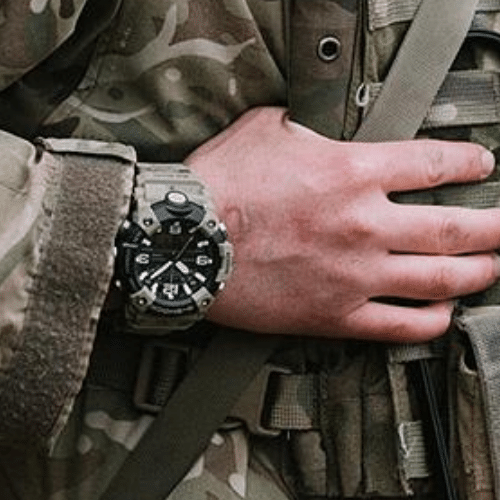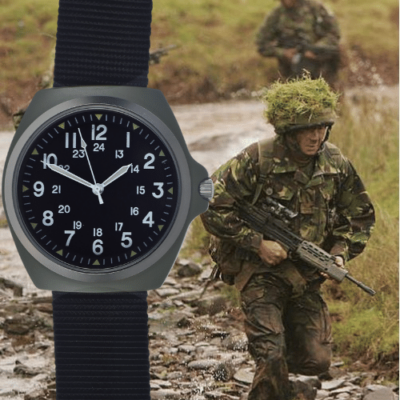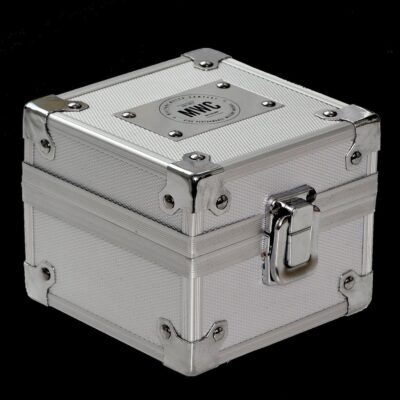News
German General Urges Ukraine to Attack Russian Airfields and Arms Factories: How Does NATO Benefit?
German Army Major General Christian Freuding has advocated for further Ukrainian attacks targeting airfields Russia, stressing that this could play an important role in weakening the country’s offensive power. “You can also indirectly affect the offensive potential of Russian strike forces before they are deployed,” Freuding said, adding: “Use long-range air warfare assets to strike aircraft and airfields before they are used. Also, target weapons production facilities.” He also lamented that Russia had achieved major successes in increasing the production of drones, cruise missiles, and ballistic missiles, stating that it was vital to re-assess sanctions to see of the Western world could cause further disruption to industry. Russia’s defence sector has since mid-2022 considerably expanded its capacity to produce attack drones, with The Economist in May reporting that output of the Geran-2 single use aircraft had increased more than tenfold from 300 a month, to over 100 per day. Industry was reported at the time to be on track to be able to produce 500 of the aircraft daily. Annual output of Iskander-M ballistic missile systems and Kh-101 cruise missiles are also several times as high today as they were three years ago.

Freuding also commented on the donations of MIM-104 Patriot air defence systems to Ukraine, noting that they would be far from effective in countering drone attacks. “It [a drone] costs around €30,000-50,000 ($34,000–58,000) depending on the model. It’s wasteful to shoot it down with a Patriot missile costing over €5 million. We need countermeasures that cost €2,000–€4,000, especially as Russia aims to further increase its production capacity,” he stated. He follows a growing number of Western and Ukrainian sources in questioning the effectiveness of the systems.
Germany has since 2022 played a much larger and more active military role within NATO not only in Eastern Europe, but also in the Middle East and the Pacific, and has been particularly active in seeking to support the Ukrainian war effort. On May 22 the German Army inaugurated the 45th Armoured Brigade stationed in Vilnius, Lithuania, which is expected to provide an elite forward deployed mechanised warfare capability on the territory of the former USSR, located just 150 kilometres from the Belarusian capital Minsk, and less than 800 kilometres from Moscow. Despite economic crisis domestically, a major surge in German defence spending is expected to place further pressure on Russian defences.

The Ukrainian Armed Forces have achieved significant success in targeting Russian airfields, and on June 1 launched a highly successful large scale drone attack on multipleairbases across the country’s northern and western regions. Satellite footage confirmed the destruction of multiple Tu-95MS and Tu-22M3 strategic bombers, causing losses from which the Russian strategic aviation fleet is expected to take years to recover. Prior strikes have targeted airbases hosting tactical combat jets such as Su-34 strike fighters and MiG-31 interceptors, while attacks on Engels Airbase hosting Russia’s most valuable class of combat jet the Tu-160 strategic bomber have been attempted multiple times, often destroying fuel or infrastructure. These attacks have relied heavily on support from Western personnel on the ground and access to satellite intelligence, and provide an effective means for NATO members such as Germany to weaken Russian air power by proxy.












